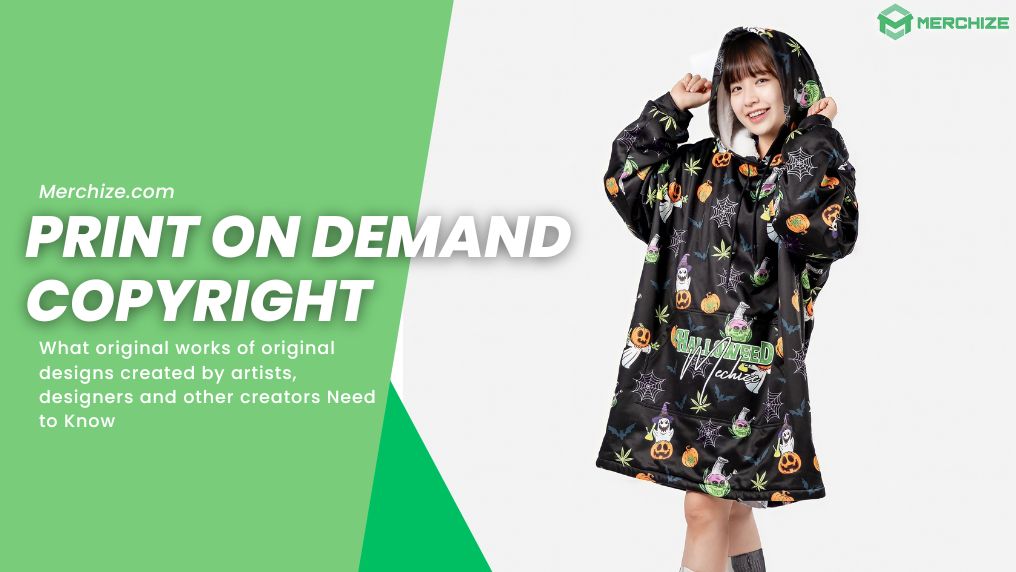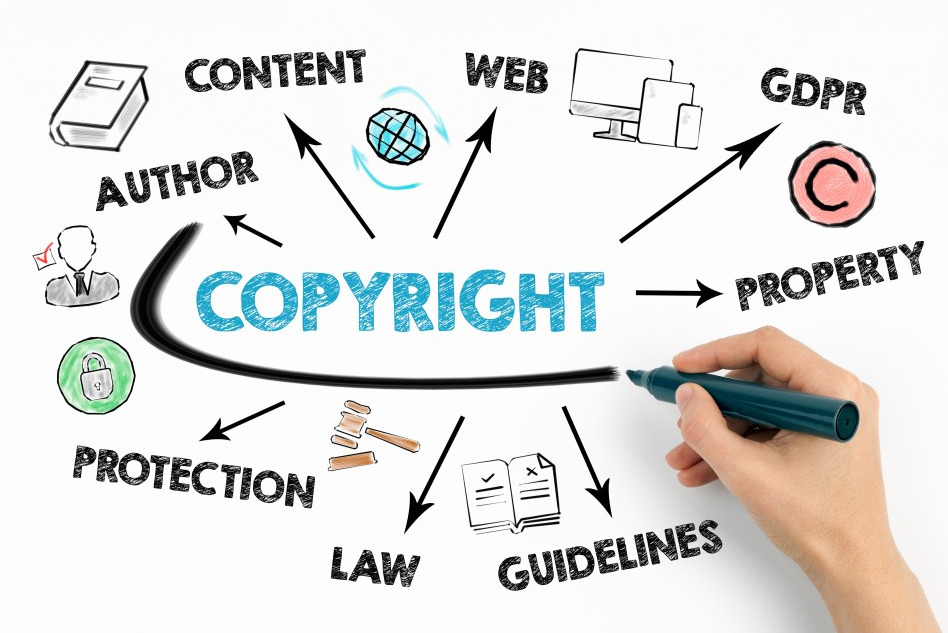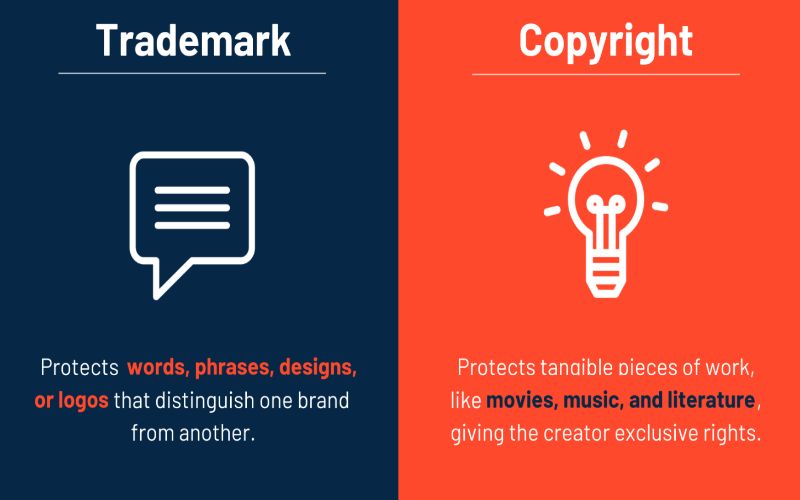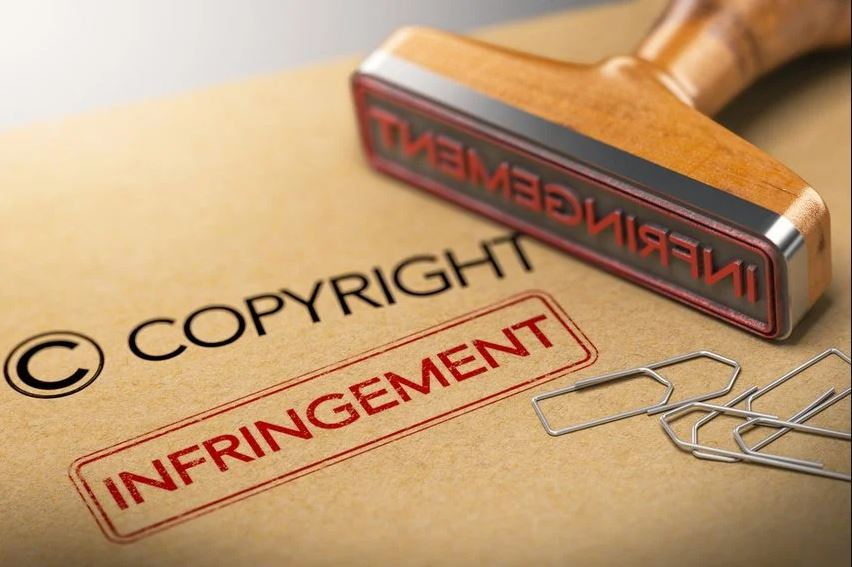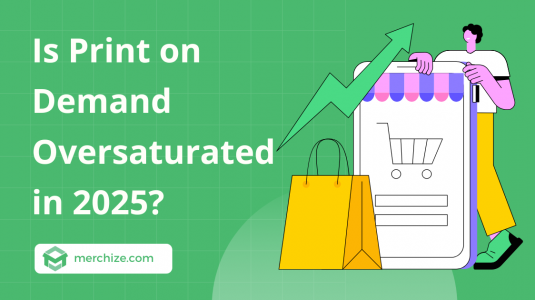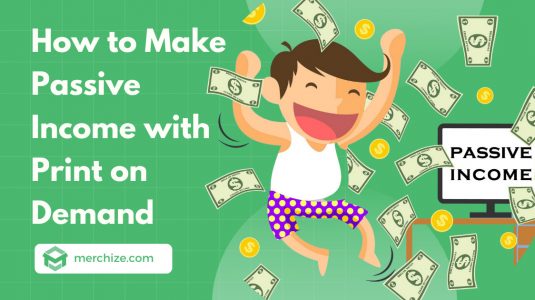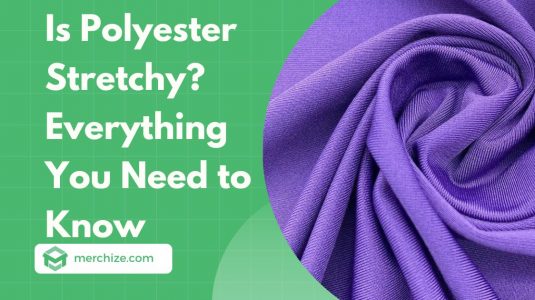Contents
- What is Print on Demand Copyright?
- What Are the Copyright Implications of Print-On-Demand?
- Using Copyrighted Materials in Print On Demand Products
- It might be a legal quagmire to use copyrighted materials in print-on-demand items. The original works of original designs created by artists, designers and other creators are safeguarded by copyright law. Text, pictures, and other kinds of creative works fall under this category.
- Difference Between Trademark and Copyright
- How to Keep Your Print-on-Demand Cash Cows Safe from Copyright Crooks
- Getting Ahead of Infringement: Proactive Strategies for POD Sellers
- Conclusion
Print on demand business brings great potential to businesses or individuals. However selling unoriginal work leads to legal nightmares. Our comprehensive guide demystifies print on demand copyright, empowering you to leverage POD’s potential while dodging infringement. Learn to source legitimate content and unleash your creativity through original designs to help you sell millions of orders with peace of mind. We’ll clarify trademarks, fair use, permissions, and key concepts so you can thrive.
What is Print on Demand Copyright?
Print on demand (POD) copyright is a legal protection that grants creators exclusive rights to reproduce and distribute their original works. When an artist creates a unique design (like a logo, photograph, or even an interesting quote from a shirt), the U.S. law automatically grants you copyright protection. This acts like an invisible shield, securing the creator’s work from unauthorized use or reproduction without your permission.
When everyone acknowledges and follows POD copyright, it allows this community and industry to thrive in an ethical way. It paves the way for creators to find their audience and make income without worrying about their amazing ideas being used illicit. So it’s important that all players involved – artists, shoppers, platforms, printers – value creators’ ownership of their POD IP!
“While fair use could theoretically apply to POD products, the uncertainty around the defense means a costly legal battle often ensues. Many POD sellers don’t have resources or bandwidth for disputes." – Ryan Morrison, Intellectual Property Lawyer

What Are the Copyright Implications of Print-On-Demand?
Print-on-demand (POD) offers creators an easy way to sell customizable products featuring their unique designs. However, without understanding copyright law, POD can get sellers into legal trouble. Here is what you need to know about copyright risks with POD:
Accidental Copyright Infringement
Using trademarked logos, popular characters, song lyrics, or any other protected content without permission can result in stern legal consequences. With POD remix culture, it’s tempting to borrow from trending memes or iconic brands, but reworkings and derivatives still require licensing. Even inadvertent uses can lead to lawsuits and damages.
Financial and Reputational Damages
Copyright lawsuits lead to expensive legal fees, settlements, and court-ordered compensation. Statistically, over 500,000 copyright infringement lawsuits were filed in 2022. Beyond financial fallout, trademark violations generate bad press and permanently mar brand reputations.
POD Platform Penalties
Most print-on-demand platforms strictly enforce copyright protections. They actively police seller accounts, remove infringing works, withhold payouts over violations, and even suspend repeat offender accounts. These reactions can crater seller income streams.
Mitigating Copyright Risks with POD
The easiest way to avoid copyright disputes is to only use original designs, public domain content, creative commons media, and licensed materials. While fair use laws do allow some unlicensed usage for commentary or criticism, these protections have limits. When in doubt, connect with a copyright lawyer before moving forward. With vigilance, sellers can unlock POD potential without unlawful missteps.
In general, print-on-demand technology aids in shielding publishers and content producers from piracy, illegal distribution, and copyright violations. Additionally, it gives them a practical mechanism to manage how their content is distributed and collect royalties when it is bought or copied.
Eventually, this permits creators to properly safeguard their work and make sure that they are receiving the correct pay for it.
Using Copyrighted Materials in Print On Demand Products
It might be a legal quagmire to use copyrighted materials in print-on-demand items. The original works of original designs created by artists, designers and other creators are safeguarded by copyright law. Text, pictures, and other kinds of creative works fall under this category.
You could be held accountable for copyright infringement if you use copyrighted assets in your print on demand products without the owner’s consent. You can face legal repercussions for this, such as damages, fees, and other penalties.
There are primarily two ways to lawfully include copyrighted content into print-on-demand products:
Request approval from the copyright holder
Getting consent from the copyright owner is the simplest approach to lawfully use copyrighted assets in print-on-demand items. This may entail speaking with the copyright holder personally or working with a licensing organization to secure the required authorizations.
Use public domain materials
Public domain content is not covered by copyright protection and may be freely utilized in print-on-demand products. This contains works for which the copyright has expired as well as those that were previously published before 1923 and are no longer covered by copyright.
There are other additional legal methods to use copyrighted works in addition to these choices, such as fair use and the doctrine of first sale. These, however, are intricate legal matters that must to be discussed with an experienced lawyer.
Difference Between Trademark and Copyright
Both copyright and trademarks are forms of intellectual property protection that are used to protect works of art, although they have different functions and cover various facets of art.
Original creative works such as literature, film, music, software, and works of art are protected by copyright. It forbids unauthorized reproduction, distribution, or display of the author’s work and grants the author the sole right to do so. After the creator’s passing, copyright protection is perpetual and automatic.
The name, logo, or slogan that is used to identify a business or product, on the other hand, is protected by a trademark. It is used to stop others from using a name or logo that is similar to the brand’s in order to avoid confusing customers or harming the brand’s reputation. Government applications must be made in order for trademark protection to be granted. As long as it is being used and the trademark owner submits the required renewals, it can remain in effect eternally.
For example: Merchize would trademark its name and logo in addition to copyrighting the images and videos it produced.
In conclusion, trademark protection covers names, logos, and catchphrases that identify a brand or product, whereas copyright protection covers creative works. While trademarks can be sought for and awarded by the government and can remain indefinitely as long as they are utilized and renewed, copyright is automatic and has a predetermined duration.
How to Keep Your Print-on-Demand Cash Cows Safe from Copyright Crooks
Succeeding in print-on-demand while protecting our creative rights is an achievable yet nuanced balance. Let’s explore prudent steps for safeguarding original designs:
- Register artwork with copyright authorities. Officially documenting ownership legally fortifies our position if infringement arises. It’s an inexpensive deterrent.
- Judiciously watermark creations. Subtle visible markers communicate possession to would-be violators. However, excessively obstructing quality frustrates customers.
- Monitor for unauthorized usage. Using affordable oversight tools and services enables identifying misuse in its early stages. Documenting evidence prepares us for action.
- Explicitly state terms of use policies. Clear language sets expectations for customers and makes violations obvious. Though annoying for some, it mitigates ambiguity.
- Partner with reliable POD service provider. In the complex world of print-on-demand, Merchize stand apart through steadfast support empowering seller success while defending creative freedoms. From expansive product selection to copyright education and even legal aid, we deliver every tool so entrepreneurs can confidently develop thriving design enterprises.
Merchize handle the operational heavy lifting – sourcing quality materials, managing prompt production, smoothly delivering orders – freeing up mental bandwidth for sellers. And we champion values like knowledge sharing and policy transparency, believing an informed, ethically-driven rising tide lifts all merchant ships.
Getting Ahead of Infringement: Proactive Strategies for POD Sellers
As the saying goes, “an ounce of prevention is worth a pound of cure" – this especially applies to potential copyright headaches in the print-on-demand business. While understanding fair use principles is key, the most foolproof approach is putting safeguards in place proactively when selecting and designing artwork. Here are some best practices for mitigating legal risk from the start:
Strategic parodies
Utilizing parody by reimagining popular memes, movies or characters in an over-the-top spoof manner could qualify as fair use if executed properly. However we should take care to ensure our parody designs are more humorous, exaggerated reinterpretations, not replications that infringe.
Avoiding trademarked content
We should steer clear of trademarked logos and branded names, no matter how popular, without clear licensing permissions. For example, reproducing Disney character images or the Mickey Mouse icon exposes us to legal jeopardy, no matter how clever our designs may be.
Crediting original creators
When adapting content like quotes or images, even in transformative ways, providing credit to original creators is wise. Simple text like “Quote by Mahatma Gandhi" or “Mona Lisa image after Da Vinci" expresses respect for intellectual property rights holders while supporting fair use arguments.
Formally obtaining licenses
If we truly aim to replicate existing protected works on products, formally obtaining written licensing deals from copyright holders ahead of time is crucial. Getting legal permissions officially squared away upfront grants us the greatest protection from claims.
Conclusion
Finally, while Print-on-Demand (POD) services provide numerous advantages to content creators and publishers, they also have significant copyright implications. Print on demand Copyright ownership, licensing, and infringement are all issues that content creators must be aware of. Creators should register their work, use a reputable POD service, including copyright notices, obtain necessary permissions and licenses, monitor their work, and take prompt legal action if infringement occurs to secure their copyright.
It is critical to understand that trademarks and copyright are two distinct types of intellectual property protection that apply to different subject matter and serve different purposes. While copyright safeguards original works of authorship, trademark safeguards the brand or source of goods or services.
Merchize.com is an example of a print-on-demand fulfillment service that helps content creators navigate the copyright implications of their work. Content creators can effectively protect their intellectual property rights when using POD services like Merchize by understanding copyright laws and taking the necessary precautions.s
